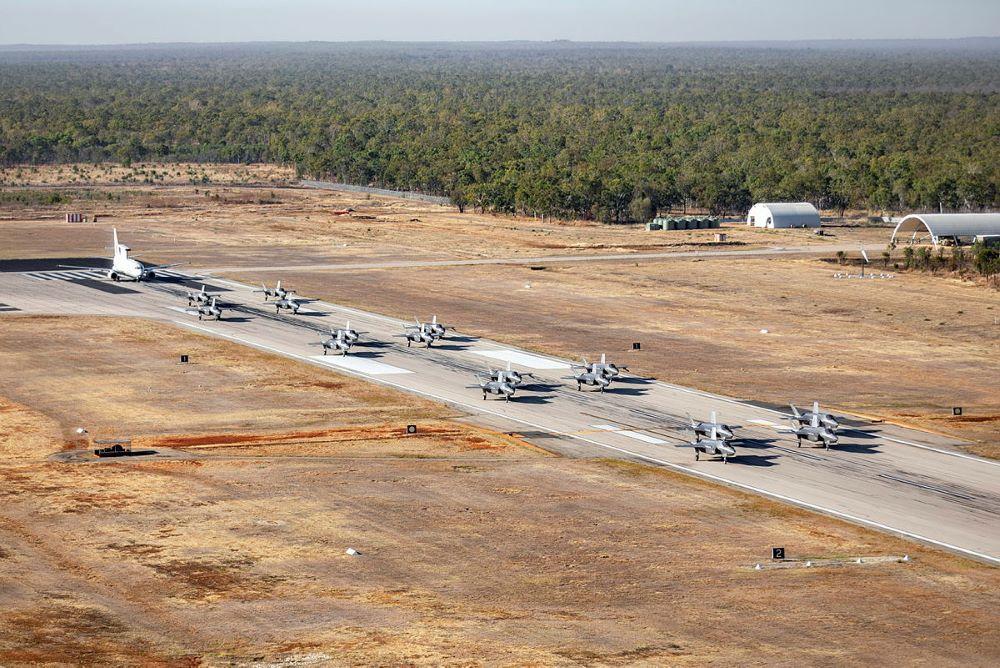
A leading business guru of yesteryear once observed that management was ‘doing things right’, while leadership was ‘doing the right things’. But what do you call it when you’re doing both?
This is an important question in context of the findings of a new report into industry capability and capacity in the Northern Territory.
The report, released in October by Master Builders NT and developed in partnership with ACIL Allen, is titled ‘Billion-dollar partnership’. It takes a deep dive into the ability of the NT’s construction sector to deliver the large infrastructure programs being driven by the Australian and US defence organisations while continuing to meet local demand. The two previous reports on this topic were titled ‘Capacity to spare’, which sent a very clear message about their conclusions.
Whenever there’s a major surge in demand in any sector in remote Australia, the first questions are always the same: Can the industry handle it? And if the challenge proves too big, what impact will that have on the cost, timing and success of major projects?
The intensity and scrutiny of those questions reaches even greater heights when the industry sector in focus is construction. Unlike much of the rest of the economy, construction is a self-organising and temporary economic activity. It involves a deep hierarchy of firms with an incredibly broad set of skills, but the temporary nature of its activity is the real reason for so much scrutiny.
The capability and capacity for the construction sector to meet new demands are a function of many things, including other demands in the market, the attractiveness of the work, the risks associated with the contract, and the scope for flexible resources such as labour to be scaled up or redirected.
The ACIL Allen report is an attempt to pull of all those elements together to give project proponents, the NT government and local industry a platform to work through these challenges.
It predicts more than $6 billion of demand for construction services from the defence sector alone through to 2027 (the time horizon of the report). This is a significant surge, but well within previous peaks of the local construction cycle.
Crucially, it suggests that an additional 7,600 jobs will be created, directly in construction and indirectly across the wider economy, by this work. It also breaks down the occupations that will be in greatest demand.
One objective of the analysis was to find the ‘outer boundary’ of the demand curve for construction services, examining capacity against the most optimistic scenarios to test the limits in the market.
This approach showed that if the most optimistic scenario were to unfold, gross state product—a measure of the overall size of an economy—would be almost 5% larger.
This was a finding certainly not missed by NT Chief Minister Natasha Fyles when launching the report.
The report addresses the policy settings needed to manage the surge in demand. It recommends that project proponents signal their intentions to the market as early as possible and consider adopting a ‘program mindset’ to avoid switching demand on and off in an uncoordinated fashion.
It also recommends that the government facilitate a central coordination and information-sharing mechanism between itself, the Department of Defence and the local industry’s leadership.
Other policy recommendations include that a workforce strategy be developed for the construction sector and that the NT government review its migration settings, develop a new post-Covid-19 population strategy and address housing shortages.
The word ‘partnership’ in the report’s title was a deliberate decision, according to Master Builders NT. The work that went into the report was funded by the local construction sector because companies understand the benefits of concrete conversations about capacity and capability. In addition, the data on which the report relies was available because of the good relationship between industry and Defence.
Likewise, both the NT’s official defence advocate and major projects commissioner aligned behind this work. And then there were the retired industry experts who collectively brought their extensive construction expertise to the table, allowing high-quality analysis of the limits of what the industry can achieve. It’s clear that this project is much more than the sum of its parts.
And maybe that’s the answer to the original question. Doing the right things and doing them right makes for a partnership that over almost a decade has delivered genuine leadership on coordinating major demand surges in northern Australia. And through three reports, the quality of that work just continues to grow.
Even so, every report is just a starting point for the work to follow. The challenge for this one is to get the delivery right. Local industry and local communities, along with taxpayers, rightly expect it.